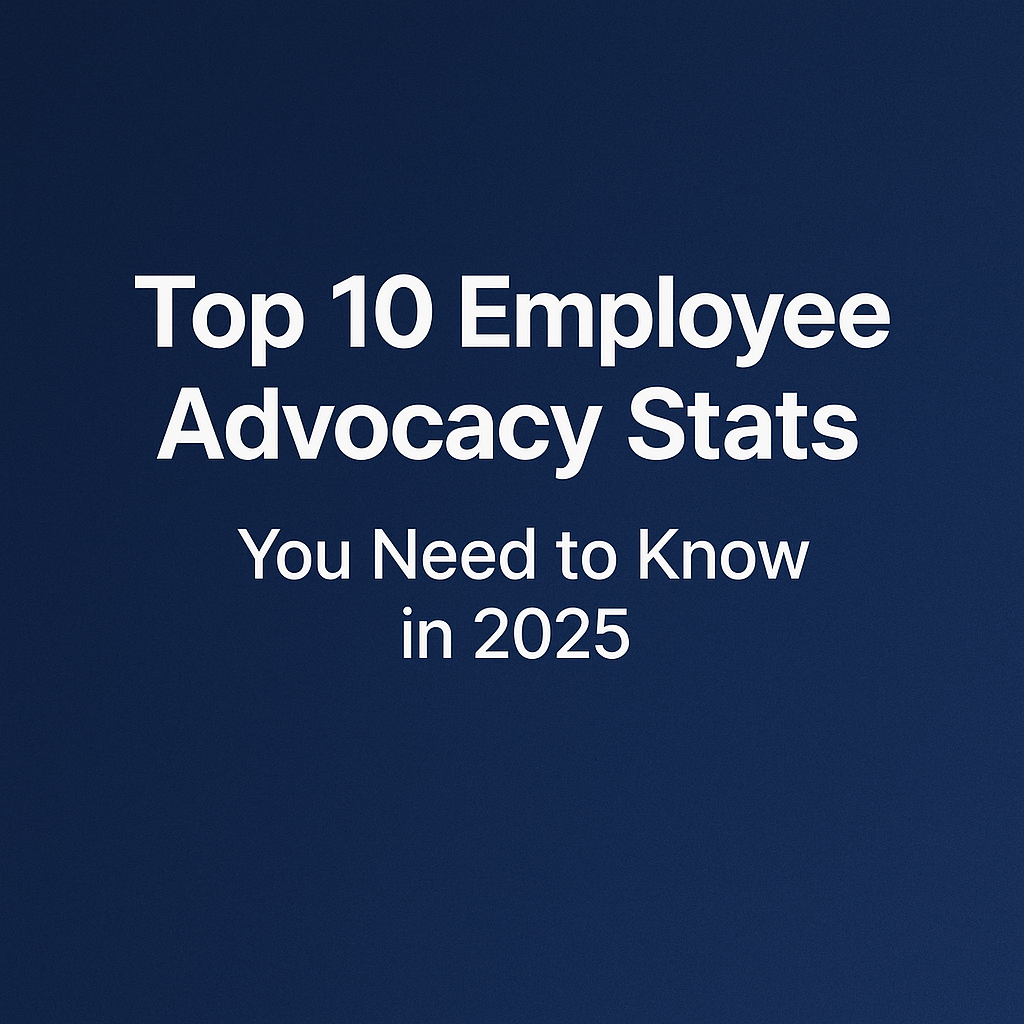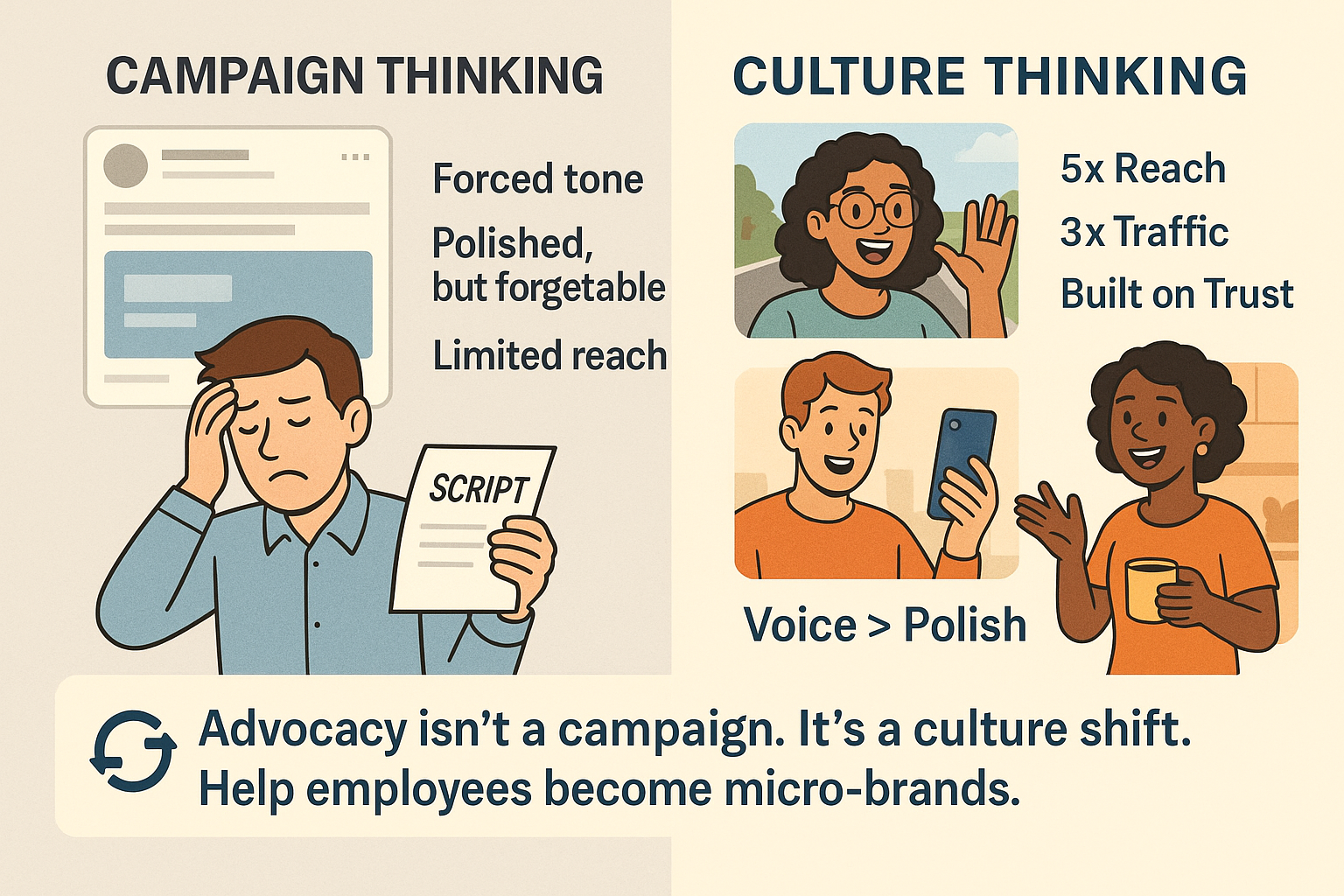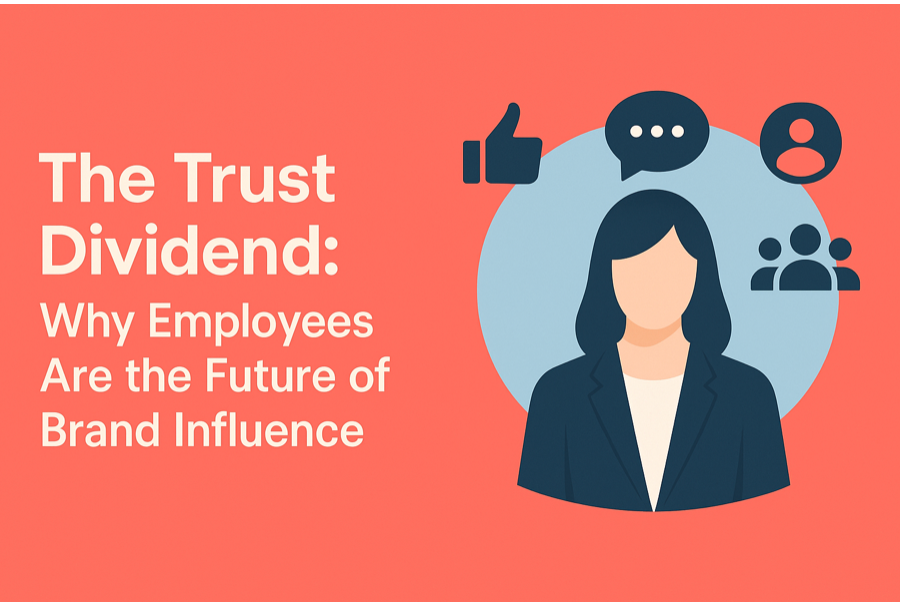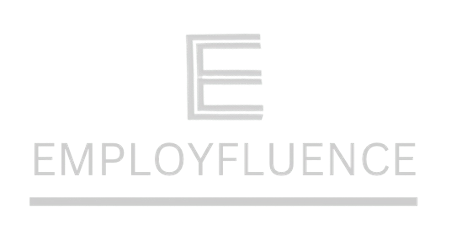Top 10 Employee Advocacy Stats You Need to Know in 2025

In an age where people trust people more than brands, employee advocacy has emerged as a powerful force in modern marketing. Whether you’re in HR, comms, or marketing, understanding the numbers behind this shift can help you unlock its full potential.
Here are the top 10 employee advocacy stats in 2025 that show why empowering your team to be your biggest brand champions is more than a nice-to-have, it’s a must.
1. 76% of individuals trust content shared by “normal” people more than content shared by brands
(Source: Nielsen Trust in Advertising Report)
Your employees aren’t just staff, they’re relatable voices. When they post about your brand, people listen. That’s influence money can’t buy.
2. Employee-shared content gets 8x more engagement than content shared by brand channels
(Source: Social Media Today)
No matter how polished your company’s content is, it won’t perform like an authentic post from a real employee. They bring reach, credibility, and human connection.
3. Content shared by employees is re-shared 24x more frequently than brand content
(Source: MSL Group)
People are more likely to re-share personal stories, achievements, and insights from employees, making advocacy a multiplier for your organic reach.
4. Companies with formal employee advocacy programs are 58% more likely to attract top talent
(Source: LinkedIn Talent Solutions)
When your team shares positive content about your culture, candidates take notice. Advocacy is becoming one of the strongest forms of employer branding.
5. Employees have a network that is on average 561% larger than the company’s following
(Source: LinkedIn)
That’s right, your employees collectively have a wider reach than your brand account. Imagine tapping into that power consistently.
6. 84% of consumers value recommendations from friends and family above all other forms of advertising
(Source: Nielsen)
If your employees believe in your product or service, their endorsement holds real weight with their personal networks.
7. Employees who participate in advocacy programs are 27% more likely to feel optimistic about their company’s future
(Source: Dynamic Signal)
Employee advocacy isn’t just a marketing strategy, it also improves internal engagement, morale, and retention.
8. Companies with high employee engagement see 21% higher profitability
(Source: Gallup)
Engaged employees advocate more and advocacy reinforces engagement. It’s a powerful cycle that benefits every part of the business.
9. 50% of employees post about their employer without being asked to
(Source: Weber Shandwick)
Even without formal programs, employees already talk about their work online. The question is: are you equipping and guiding them to do it strategically?
10. Only 17% of companies have a structured employee advocacy program
(Source: Hinge Research Institute)
While most companies know the value of advocacy, very few have the structure to support it. That means huge untapped potential for early adopters in 2025.
In other words:
These numbers speak for themselves: employee advocacy is no longer a buzzword, it’s a business driver. From expanding reach and improving recruitment to boosting trust and engagement, the ROI of advocacy is clear.
So if you're still treating advocacy as an afterthought, now’s the time to rethink that. The best marketers of your brand might already be sitting at the desk next to you.
Contact Us
We will get back to you as soon as possible.
Please try again later.



